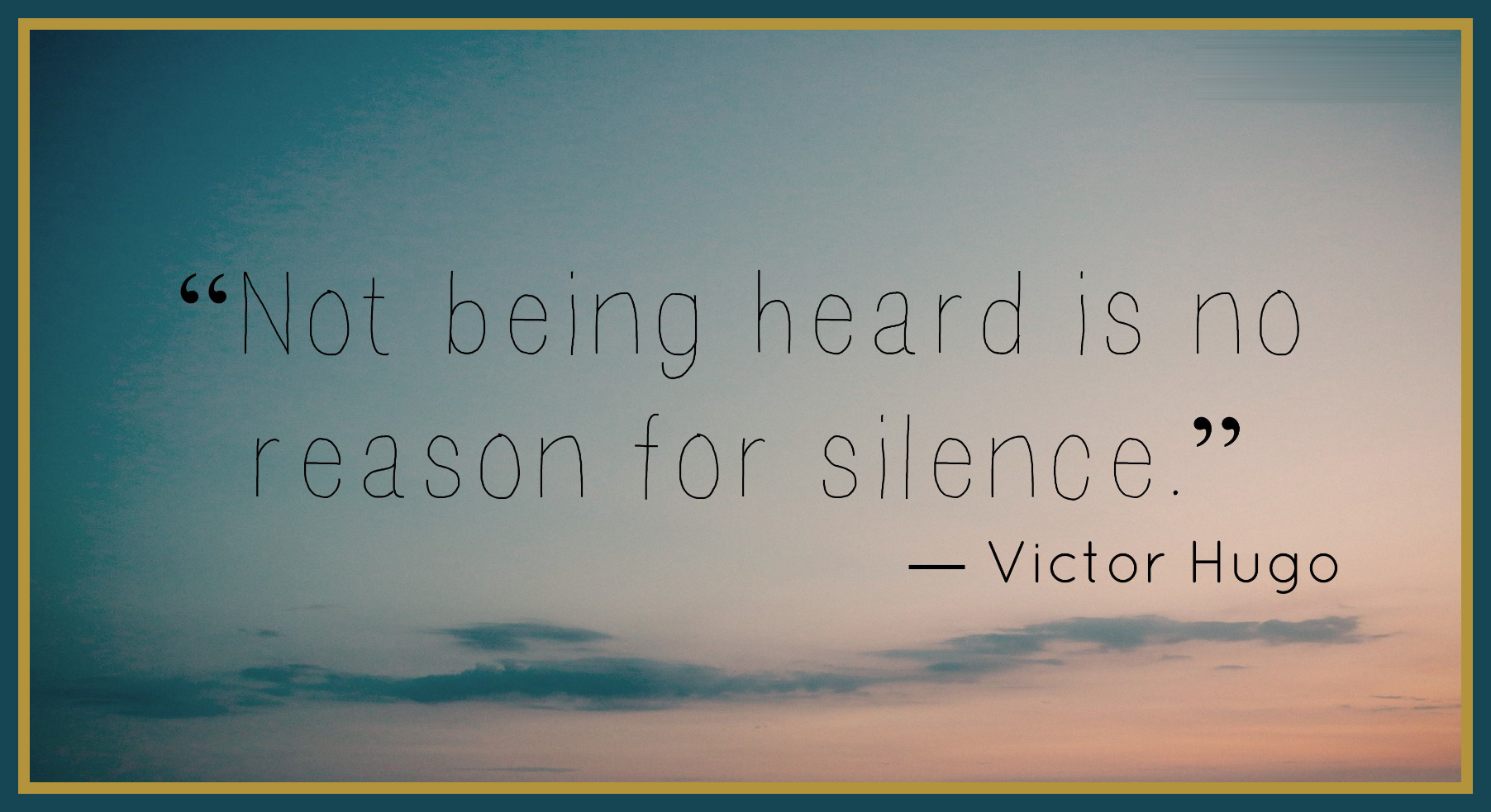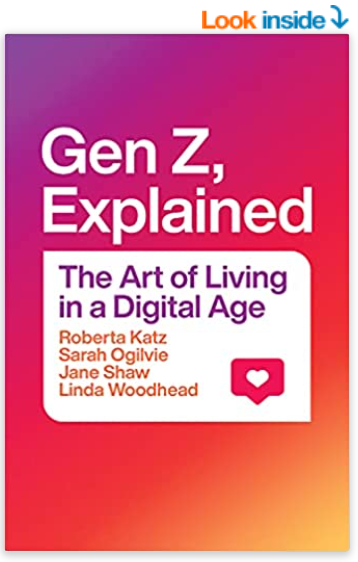Hikikomori
The Anti-social Isolation Epidemic Plaguing Our Youth

By Tim Elmore anti-social
Do you know anyone struggling with hikikomori?
Have you heard of “Hikikomori”? It’s a phenomenon that we first read about in Japan, but it has spread to other cultures such as Spain, France, Italy, and Latin America. It’s a trend describing socially withdrawn youth. And the trend is spreading.
According to the University of Michigan, “They are modern-day hermits—hundreds of thousands of young people who have retreated to their bedrooms. They disdain social contact and are unable to go to school or work for months or even years. In Japanese, it’s called ‘hikikomori,’ [which means] withdrawing, pulling inward.”
Having affected hundreds of thousands of youth, it’s an epidemic.
Alan Teo, a researcher and psychiatrist at the University of Michigan, writes that the term comes from an expert panel of Japanese researchers Hikikomori
who define it as “a state of social withdrawal for more than six months.” (Korea uses a shorter duration of three m onths to define the concept.) Japanese researchers explain that the young people (usually ages 15-32) who struggle with it don’t leave their house except for rare occasions and don’t interact with people outside their own family. As Alan puts it, “Existence is pretty much confined to the home.” Hikikomori
onths to define the concept.) Japanese researchers explain that the young people (usually ages 15-32) who struggle with it don’t leave their house except for rare occasions and don’t interact with people outside their own family. As Alan puts it, “Existence is pretty much confined to the home.” Hikikomori
Avoiding Reality
Hikikomori is the avoidance of social interaction, adult situations and responsibility, and it’s usually replaced by spending one’s days surfing online or playing video games. The diagnosis is not limited to, but especially affects males, with some reports stating that nearly 80% of cases come from males.
Most importantly, it’s accompanied by some form of distress or functional impairment — the young adult is full of angst and wants to escape. Psychologists are still diagnosing the issue.
If Technology Connects People Why Are People Lonelier Than Ever
While this medical condition is relatively new and remote, it paints a picture of a growing reality across the globe and begs the question: Has the virtual world left too many young people ill-equipped for the real world of responsibility and social intelligence? If so, what is a society to do with these people? “The real heavy lifting may ultimately have to happen on the level of the culture itself,” writes Lev Grossman of Time magazine.
There was a time when people looked forward to taking on the mantle of adulthood. That time is past. Now our culture trains young people to fear it. ‘I don’t ever want a lawn,’ says [twenty-seven-year-old Matt] Swann. ‘I don’t ever want to drive two hours to get to work. I do not want to be a parent. I mean, hell, why would I? There’s so much fun to be had while you’re young.’
– Receive More Waves of iNspiration. It’s easy to sign up, click Here to receive your monthly iNspiration Nation’s Newsletter sent straight to your inbox. Stay current with some of the industry’s most influential writers, bloggers, authors, and publishers.
Abandonment or Abundance
I think there’s a deeper reason for our predicament. During their childhood and adolescent years, kids often experience something traumatic. They encounter one extreme or the other: abandonment or abundance. Many experience both.
Young people who experience abandonment are thrust into responsible roles too soon. Perhaps because of an alcoholic father, an absent mother, or a self-absorbed caretaker, these children don’t fully form. They are exposed to emotionally traumatic situations and typically don’t respond well. (According to the U.S. Census Bureau, 24 million children in America — one out of every three — live in biological father-absent homes.)
Hikikomori Adolescence Without End
By Saito Tamaki
The other extreme is abundance. It’s a delightful word—we all love abundance. But when abundance is furnished and young people never learn to manage resources (money, possessions, relationships, or time), their growth can be stunted.
Certainly, every parent wishes to provide for their children abundantly, but a never-ending supply of anything reduces the human ability to interpret, manage, save, give, and spend wisely. Frankly, we become spoiled.  Kyle is a young man in this situation. His parents are fearful of losing him. They’re afraid he won’t like or accept them. So Kyle is now in power. He’s completely self-absorbed, and he’s come to expect his parents to do everything. Kyle has feigned a suicide attempt, and he is rude to guests. His parents are ashamed.
Kyle is a young man in this situation. His parents are fearful of losing him. They’re afraid he won’t like or accept them. So Kyle is now in power. He’s completely self-absorbed, and he’s come to expect his parents to do everything. Kyle has feigned a suicide attempt, and he is rude to guests. His parents are ashamed.
Kyle was not abandoned. Quite the opposite: he wasn’t expected to fend for himself at seventeen or eighteen, when he probably should have been. More importantly, there was no plan for giving him responsibility in increasing amounts as he grew up.
These two scenarios remind me of the ancient Hebrew proverb written three thousand years ago. The prayer says, “God, don’t give me too little, or I might be tempted to steal. But, don’t give me too much, or I might think I can get by without you. Give me just enough.”
Sadly, Generation iY suffers from both too little and too much. As a result, they’re in danger of being “not enough” for the demands of their future lives.
These are uncertain times, when educators, parents and employers are navigating new terrain. We must balance the “too much, too little” lifestyle and provide young people with wise doses of resources. Centuries ago, Publilius Syrus wrote, “Anyone can hold the helm when the sea is calm.”
Source: growingleaders.com
More on the subject…
A Closer Look at the post-millennial genereations: Gen X, Y, and Z
By iberdrola
The photographer Robert Capa coined the term ‘generation X’ to refer to people born after the 60s. In not even half a century, this generation has coexisted with three others: the baby boomer, Y and Z. Find out what the characteristics of each generation are.
The group of young Europeans who posed for Robert Capa could not have known that they were going to be considered part of Generation X, the title given by the photographer to a series of photographs in which he wanted to capture what life was like for the young people who grew up after the Second World War (1939-1945).
Generation X includes those born between 1965 and 1981, during the reconstruction of Europe after the war. Their life has not been easy, since, after a period of upheaval, finding a job was a great challenge. To work and produce was their philosophy of life, leaving no room for idealism. Individualism, ambition and an addiction to work — or being a workaholic — are the values with which they grew up.
Generation Z
Generation X, Y and Z: changing the established order. Video voice transcription [PDF]
The parents of this generation had the worst part: they lived through the postwar period. They are the Baby boomers — born between 1945 and 1964 — and they are called this because they were born during the baby boom, the period in which the birth rate shot up in a number of Anglo-Saxon countries, above all the United States, Canada and New Zealand, after the end of the Second World War.
This generation was to be envied as they experienced all that young people would have wanted to at that time. They saw how John Lennon, Paul McCartney, George Harrison and Ringo Starr came together to form The Beatles in 1962. They also experienced the landing of a man on the Moon (1969), the soccer players Pelé and Maradona at their best and the fall of the Berlin Wall on 9 November 1989.
They went through the entire period of technological evolution and the rise and development of the media, as well as enjoying stability in terms of both work and family and being active both physically and mentally. In spite of having adapted to a world ver. 4.0, they are less dependent on smartphones than the next generations.
Gen Z, Explained
The Art of Living in a Digital Age
by Roberta Katz
GENERATION Y OR THE MILLENNIALS: DIGITAL NATIVES
The revolution was shaped by the millennials or generation Y. Also known as digital natives, millennials are those born between 1982 and 1994 and technology is part of their everyday lives: all their activities are mediated by a screen. The concept of on and off is completely integrated into their lives. However, they were not born into it; they migrated to the digital world from the analogue one in which they were living.
Unlike previous generations, because of the economic crisis, the world requires them to be better trained to get a job, as competition is increasing. Unlike their parents, Generation X, digital natives are not satisfied with the world around them and are ambitious and want to achieve their goals.
However, the millennial generation is labelled as being lazy, narcissistic and spoilt. In fact, in 2014, Time magazine labelled them as the me-me-me generation.
CHARACTERISTICS OF THE Z OR CENTENNIAL GENERATION
Aged between eight and 23 years old, generation Z or the post-millennial generation will take the lead in a few decades. Also labelled as centennials, for having been born into the world at the turn of the century — the oldest were born in 1995 and the youngest in 2010 — they arrived with a tablet and a smartphone under their arms.
But what is Generation Z? It is a group of people that is marked by the Internet. It is part of their DNA: it storms into their homes, their education and their way of socializing. And if Generation Y has difficulty finding a job, the situation for post-millennials is even worse.
Their mastery of technologies may make them neglect their interpersonal relationships to a greater extent, but they are the ones who give more of a voice to social causes on the Internet. They like to get everything they want immediately, a fact fostered by the digital world in which they are immersed, and their lifestyle is also influenced by youtubers.
They multi-task, but their attention span is limited. They are independent and demanding consumers and will have jobs that do not exist in today’s world.
Despite today’s social diversity, generations Y and Z predominate. According to the study New Kids On The Block. Millennials & Centennials Primer by Bank of America Merrill Lynch, today there are 2 billion millennials and 2.4 billion centennials, representing 27% and 32% of the world population, respectively.
As for the current generation, those born after 2010, they have been termed the Alpha generation. What will their behaviour be like? In a couple of years, we will see if we notice the generation gap!
Companion Book
What makes us different from other inspirational/motivational online content providers is our monthly
Wave of iNspiration Showcase!
Each month the Showcase features a new Blog, Video, Book, and Quote, highlighting an inspirational, motivational, and educational topic from the industry’s most influential writers, bloggers, authors, and publishers.
 ↓
↓
Trending throughout iNation…
- Why Today’s Young Men Are Running from Today’s Modern Women by Nancy Wilson
- 5 Ways to Stop Your To-Do List Anxiety And Actually Feel in Control
- The heart-warming story about Hachiko – A Dog who taught us about loyalty and love!
- The Myth Behind Why Being Busy Makes You Feel Important by Heather Picard
- How to Be an “Imperfectionist” By Stephen Guise
- Leadership Excellence – A Model for Sustained Success By Dr. Philip A. Iannuzzi, Jr. (Retired Colonel, U.S. Air Force)
- We Have A Manchild Problem, And It’s Scaring Everyone
- 7 Reasons You Are Unsuccessful. It Isn’t Because You’re Lazy. It’s This.
- If Technology Connects People Why Are People Lonelier Than Ever
- We’re all beginners in life who’ve been given a lot of advice…just be sure not to ignore these 7 powerful pieces!
 onths to define the concept.) Japanese researchers explain that the young people (usually ages 15-32) who struggle with it don’t leave their house except for rare occasions and don’t interact with people outside their own family. As Alan puts it, “Existence is pretty much confined to the home.”
onths to define the concept.) Japanese researchers explain that the young people (usually ages 15-32) who struggle with it don’t leave their house except for rare occasions and don’t interact with people outside their own family. As Alan puts it, “Existence is pretty much confined to the home.” 

 Kyle is a young man in this situation. His parents are fearful of losing him. They’re afraid he won’t like or accept them. So Kyle is now in power. He’s completely self-absorbed, and he’s come to expect his parents to do everything. Kyle has feigned a suicide attempt, and he is rude to guests. His parents are ashamed.
Kyle is a young man in this situation. His parents are fearful of losing him. They’re afraid he won’t like or accept them. So Kyle is now in power. He’s completely self-absorbed, and he’s come to expect his parents to do everything. Kyle has feigned a suicide attempt, and he is rude to guests. His parents are ashamed.


 ↓
↓

